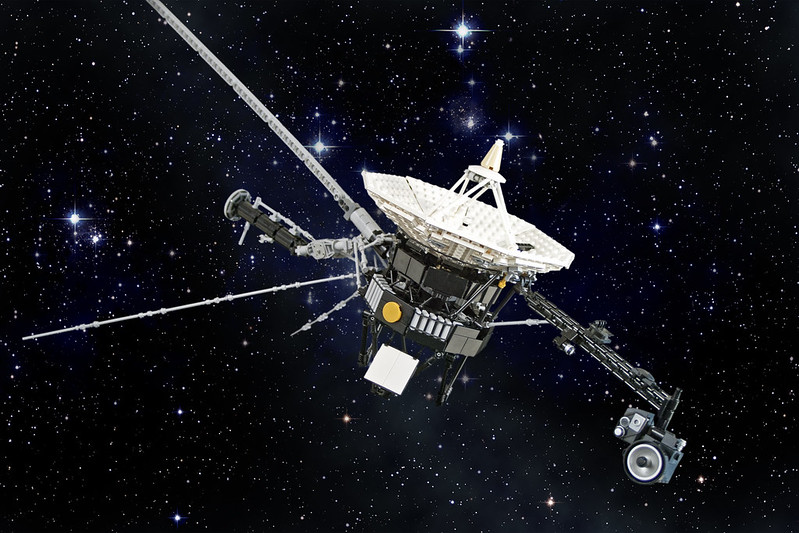Dispatches: 10th May, 2021
Ever wanted to know how an internal combustion engine works in detail? Bartosz Ciechanowski has a fascinatingly detailed breakdown of each part, how they all fit together and even how each part interacts with the other parts. Beautifully diagrammed
“Unchallenged for decades, the internal combustion engines in cars are slowly being supplanted by their electric equivalents, which are simpler, quieter, and more environmentally friendly.
Despite their drawbacks, classic engines still have something mythical about them – their intricate mechanisms are synchronized together to create carefully controlled conditions for harnessing fire in a truly Promethean way.”
https://ciechanow.ski/internal-combustion-engine/
Just because something has been banned as ‘illegal’ doesn’t mean it has zero use. Ketamine and MDMA are beneficial in psychotherapy, and a clinic in Bristol, UK is now doing trials. Particularly interesting is it’s use in combating the problems of alcohol use disorder, that good old legal drug that is so socially acceptable it’s hard to avoid.
What kinds of patients will respond well to this therapy?
Dr Laurie Higbed: Current treatments that psychiatry or mental health services have to offer work well for many people but there is a cohort who don’t get better on the current medicines or talking therapies that are available. So this is really offering people new hope. There’s an evidence base to suggest that ketamine-assisted therapy can be very useful for people with alcohol problems. There’s also evidence that it’s useful to treat depression, and emerging evidence around people with anxiety problems and eating difficulties.
We’re really lucky at Awakn that we have Professor Celia Morgan working with us from Exeter University who has just completed a study using ketamine-assisted psychotherapy for alcohol use disorder. What came up in the study is that the combination of the ketamine with psychotherapy seems to really help reduce relapse rates and gives longer lasting change. Typically with alcohol, you’ll find three quarters of people are likely to relapse within a year. But in Morgan’s study, it was around half that rate so it made a real difference over time.
“Ketamine enhances a person’s psychological flexibility and ability to see old problems in new ways” – Dr Laurie Higbed, Awakn Life Sciences
https://www.dazeddigital.com/science-tech/article/52274/1/inside-the-uks-first-ketamine-therapy-clinic-psychedelic-psychotherapy
The Voyager space probes are still sending back useful scientific data, from way out beyond the solar system and over 40 years after launch:
When Voyager 1 left Earth in 1977, nobody was certain where the heliopause was, according to Bill Kurth, an astrophysicist at the University of Iowa who has been working with Voyager 1 since before it launched. Some scientists then even thought the heliopause was as close as 10 or even 5 AU—around the orbits of Jupiter, which Voyager 1 passed in 1979, or Saturn.
In reality, the heliopause is around 120 AU away. We know this partly because Voyager 1 crossed the heliopause in August 2012, a whole three and a half decades after it departed Earth. That puts the probe well and truly in interstellar space.
Out here, space is filled with interstellar medium—but you’ll not see very much of it. A cube of air at sea level on Earth contains more than a trillion times as many molecules as an equal-sized cube of even the interstellar medium’s densest parts. The region that Voyager 1 is traversing is sparser still. And for the most part, it’s quiet.
But every few years, as Voyager 1 records more data about the plasma and dust out here, it finds something. For instance, in 2012 and again in 2014, Voyager 1 felt a shock. According to Kurth, what Voyager 1 recorded was a magnetic spike, accompanied by a burst of energetic electrons that caused intense, oscillating electric fields. These shocks are the most distant effects of the sun, rippling outwards even past the heliopause.
Although the plutonium power generators are now generating way less power than at launch, it’s hoped that the probes can continue operating until their 50th anniversary, which would be an amazing achievement.

